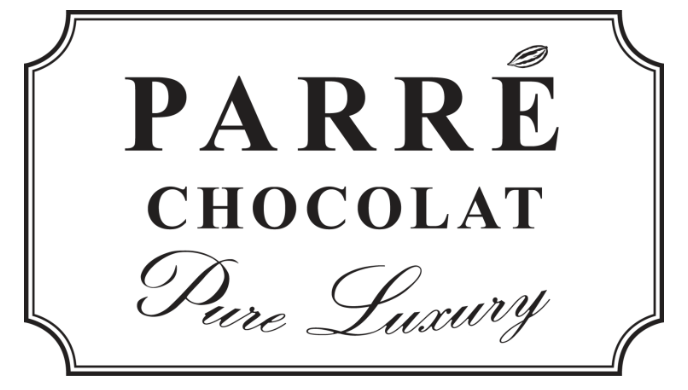In our previous post we discussed the importance of roasting when it comes to bringing out unique flavors in our chocolate. However, we can’t make chocolate with whole roasted cocoa beans as they are. Before they can be turned into chocolate, cocoa beans have to be winnowed.
Step 2 - Winnowing
After roasting, we de-shell the cocoa beans in a process called winnowing. Cocoa beans have a thin shell that protects the inside, called cacao nibs, also known as cocoa nibs. You have probably seen cacao nibs before. Cacao nibs are the primary ingredient to chocolate making, without it we wouldn’t have chocolate! We determine the percentage of cocoa in our dark chocolate based on the weight of cacao nibs.

At this stage, you can eat cacao nibs by themselves. Roasted cacao nibs can be very flavorful and delicious. In a way, this is the purest form of chocolate, with no added sugars or flavors and no additional processing.
Cacao nibs can taste dramatically different based on their origin, harvest and roast profile. We can get an idea of the level of natural cocoa flavor just by tasting the roasted nibs. The texture is a good combination of crunchy and nutty; an excellent addition to your morning granola. If the flavor of nibs is too bitter for you, you can always add them to some sweetened yogurt. Cacao nibs can add a savory, crunchy element to your salads too.
At Parré we reserve the majority of our cacao nibs for the next stage in our chocolate making: refining and conching.
If you’re looking for a chocolate-y option to add to your diet, consider cacao nibs. According to Healthline: “Though small in size, cacao nibs are packed with an impressive amount of nutrients. They’re amongst the least processed cocoa products on the market and substantially lower in sugar than other chocolate products, making them a healthier alternative for chocolate lovers.”
Click here for Healthline's in-depth look at cocoa nibs.
